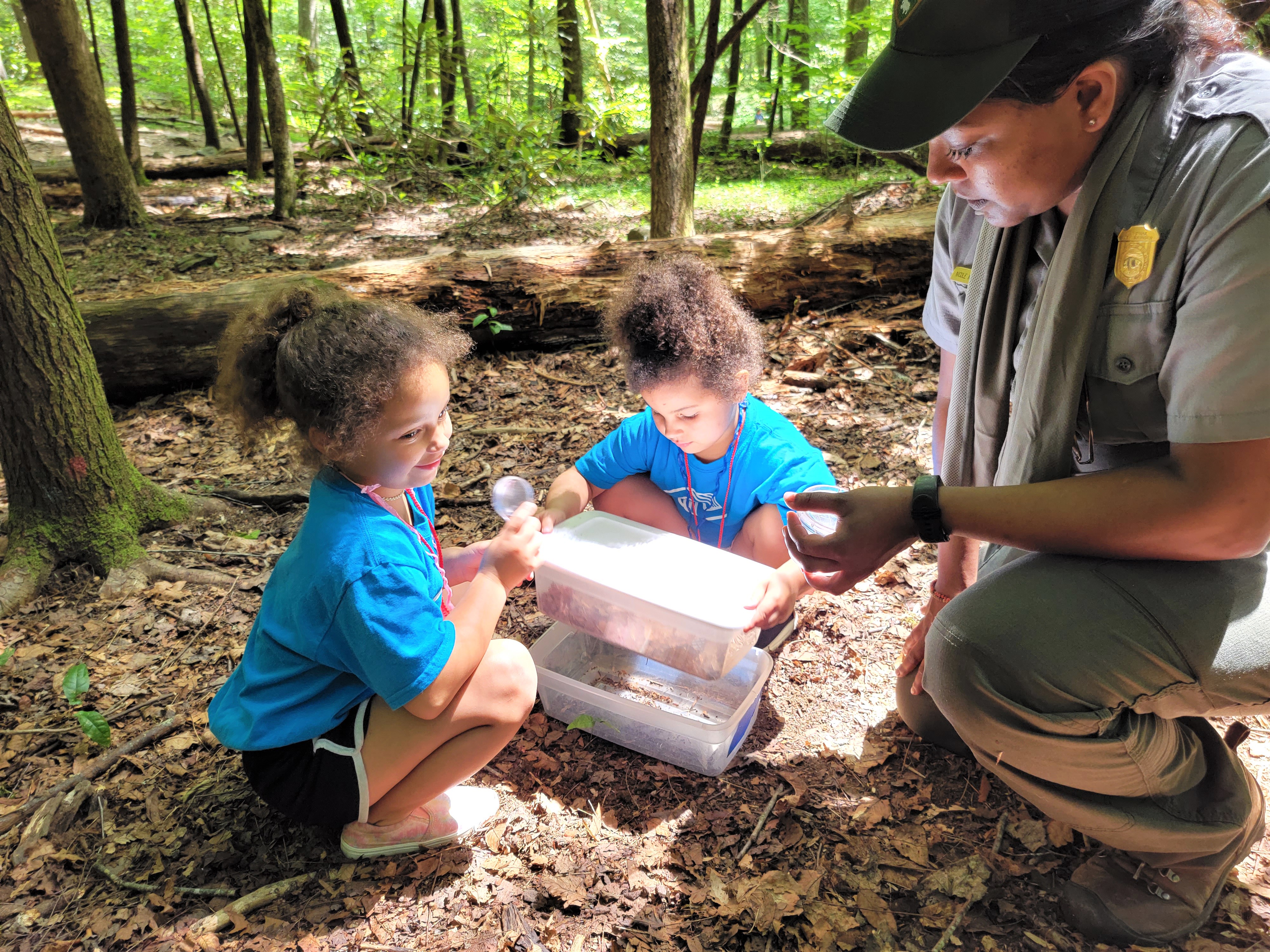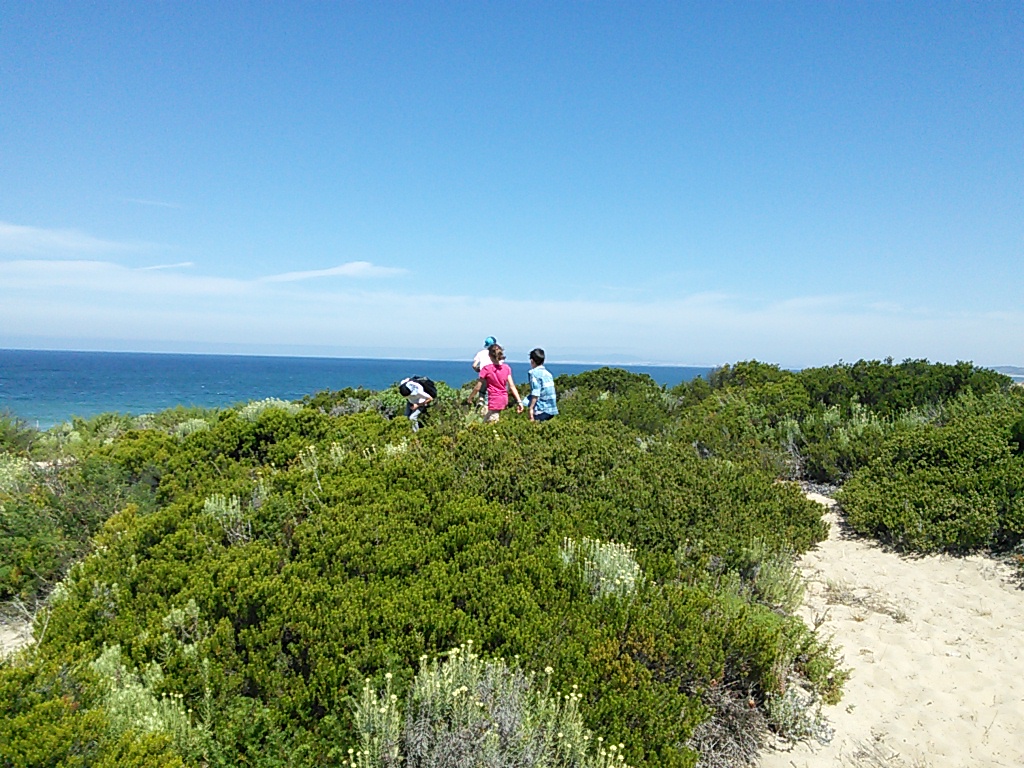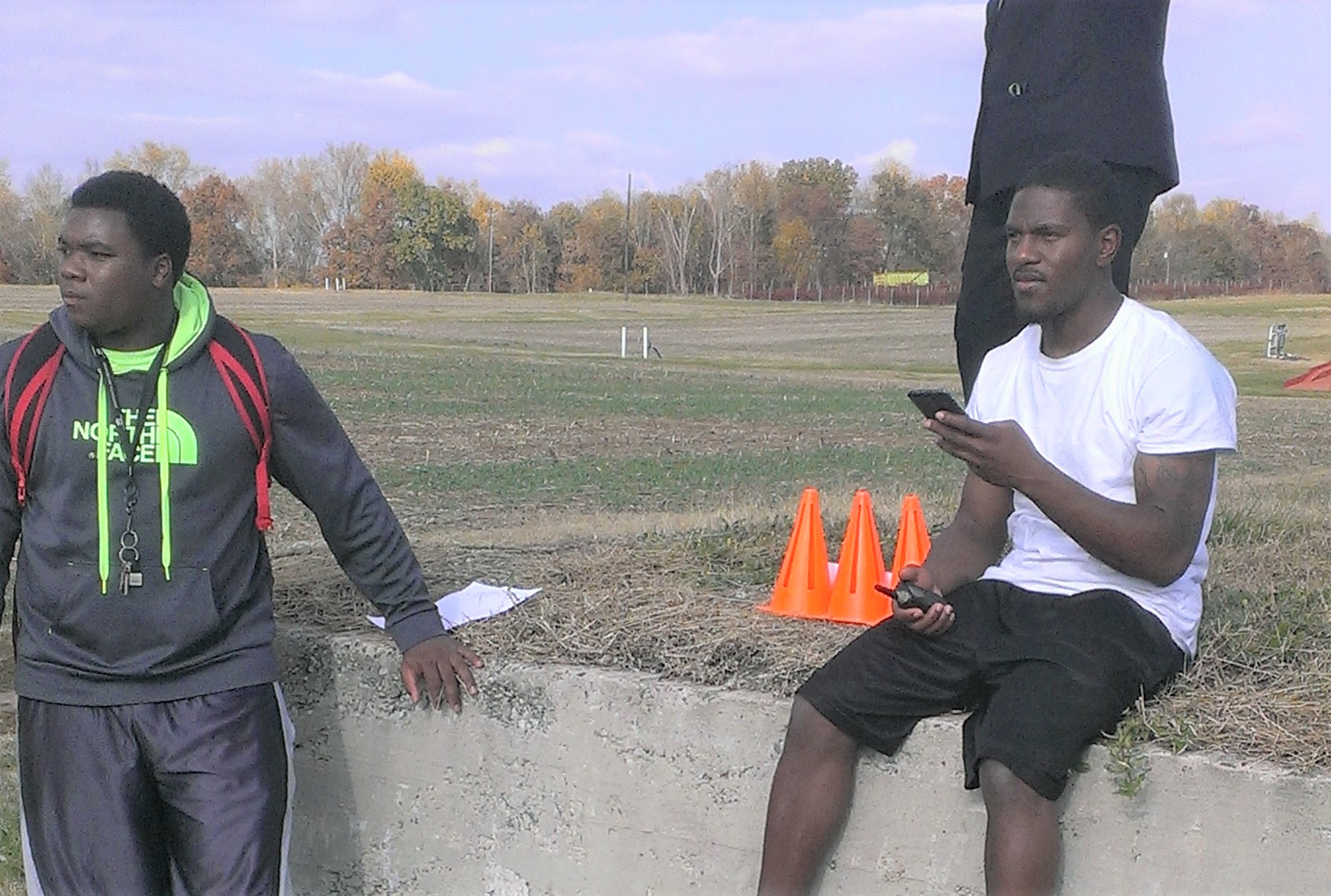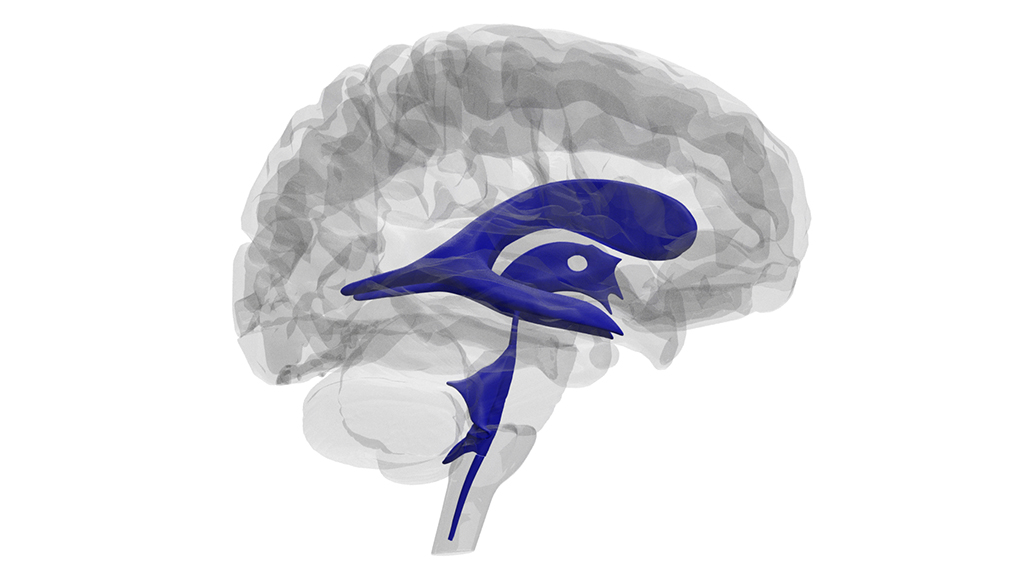Archive: Book Beat Live! Students’ Ideas Matter! Linking Formative Assessment Probes to Instructional Sequence, November 16, 2022
Students’ Ideas Matter! Linking Formative Assessment Probes to Instructional Sequence teaching is all about creating conceptual coherence for learners to better prepare them for future careers.
Students’ Ideas Matter! Linking Formative Assessment Probes to Instructional Sequence teaching is all about creating conceptual coherence for learners to better prepare them for future careers.
Students’ Ideas Matter! Linking Formative Assessment Probes to Instructional Sequence teaching is all about creating conceptual coherence for learners to better prepare them for future careers.
Students’ Ideas Matter! Linking Formative Assessment Probes to Instructional Sequence teaching is all about creating conceptual coherence for learners to better prepare them for future careers.







